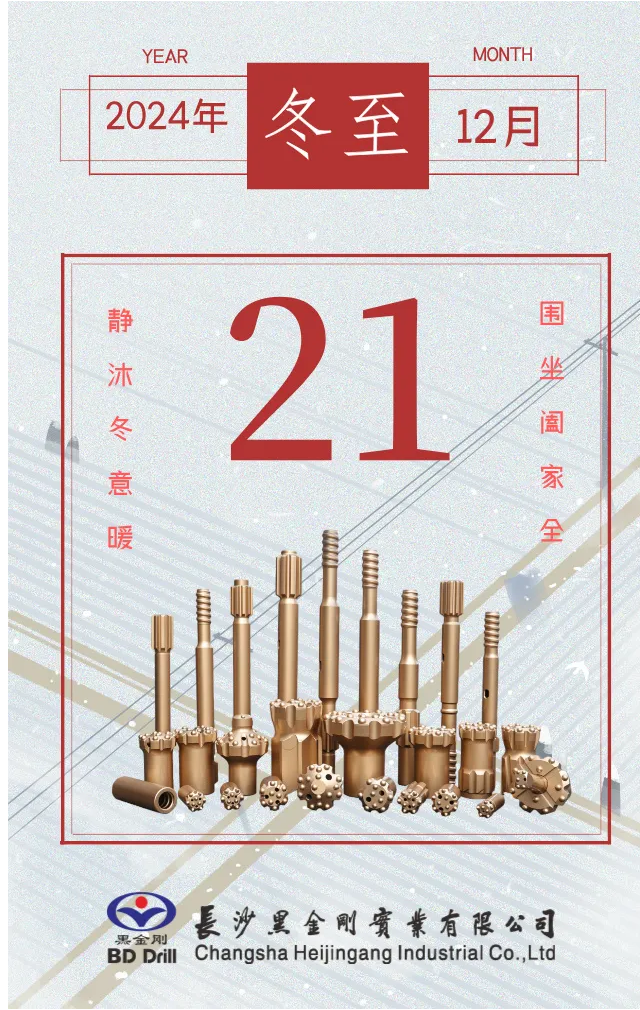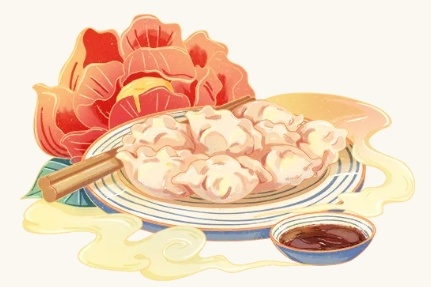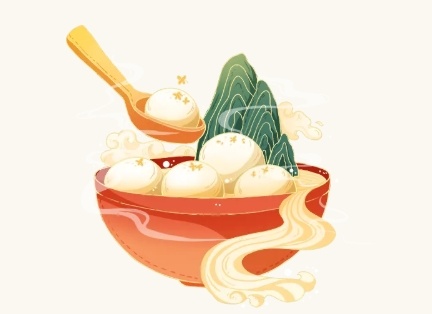-
About Us

-
-

-
Contact Us

Winter Solstice Customs Showdown: Dumplings VS Rice Balls, which side are you on?
Release time:
2024-12-21

Winter Solstice, this traditional solar term and festival, symbolizes the longest night and the shortest day of the year, heralding the arrival of spring. It is said that dumplings should be eaten on Winter Solstice, but in reality, not every place eats dumplings on this day. Eating dumplings on Winter Solstice is a traditional custom in some northern regions, especially popular among the Han people. Depending on history and geography, different regions have different dietary cultures for Winter Solstice:

Northern Customs: In most northern regions, it is customary to eat dumplings on Winter Solstice. This custom originates from the ancient saying of "Jiaozi," which believes that eating dumplings symbolizes bidding farewell to the old and welcoming the new, marking the arrival of a new solar term. Eating dumplings on Winter Solstice is also related to the legend of the medical sage Zhang Zhongjing, who is said to have invented a "cold-dispelling ear soup," which later evolved into the custom of eating dumplings. Southern Customs: In southern China, especially in the Jiangsu and Zhejiang regions, people are more accustomed to eating tangyuan or rice cakes on Winter Solstice, symbolizing reunion and prosperity. In places like Guangdong, there is a custom of eating dog meat, believed to be warming and suitable for winter consumption.

Other Regions: In some areas, there may be other special foods for Winter Solstice, such as lamb or glutinous rice. Therefore, different regions have different Winter Solstice delicacies based on their customs and dietary culture. If there are special Winter Solstice foods in your area, feel free to share them, so everyone can learn more about cultural differences and specialties. Happy Winter Solstice!
Focus on hot spots
The Black Diamond held the 2024 Annual Employee Points Work Commendation Conference.

COOKIES
Our website uses cookies and similar technologies to personalize the advertising shown to you and to help you get the best experience on our website. For more information, see our Privacy & Cookie Policy
COOKIES
Our website uses cookies and similar technologies to personalize the advertising shown to you and to help you get the best experience on our website. For more information, see our Privacy & Cookie Policy
These cookies are necessary for basic functions such as payment. Standard cookies cannot be turned off and do not store any of your information.
These cookies collect information, such as how many people are using our site or which pages are popular, to help us improve the customer experience. Turning these cookies off will mean we can't collect information to improve your experience.
These cookies enable the website to provide enhanced functionality and personalization. They may be set by us or by third-party providers whose services we have added to our pages. If you do not allow these cookies, some or all of these services may not function properly.
These cookies help us understand what you are interested in so that we can show you relevant advertising on other websites. Turning these cookies off will mean we are unable to show you any personalized advertising.
